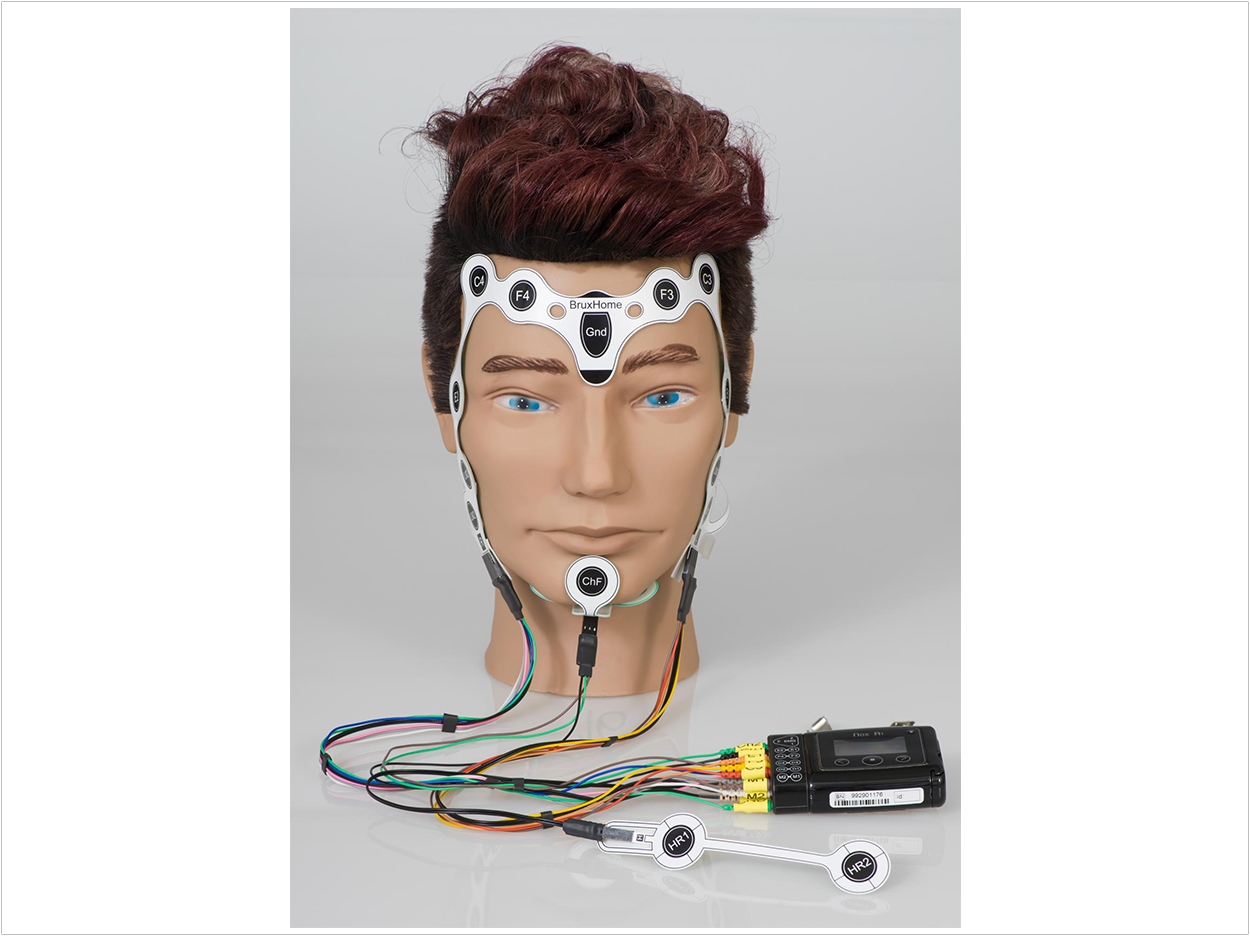
An easy to use electrode set can assess sleep bruxism severity as well as conventional polysomnography, according to researchers at the University of Eastern Finland.
Sleep bruxism, which researchers said affects between 8% and 10% of the population, can lead to tooth wear, facial pain, and headaches. Sometimes, teeth grinding can be so loud, it disturbs the sleep of others in the same room.
Current bruxism treatment focuses on managing its consequences, the researchers said, adding that no single severity method is reliable, accurate, cost-effective, and easily available.
Accurate assessment of sleep bruxism severity requires bioelectric measurements, and sleep laboratory polysomnography is the most accurate, the researchers said. Its availability is limited and it is considered expensive, however, which is why it is only used for diagnosing the most severe sleep disorders.
Some user-friendly devices for sleep bruxism assessment that measure masticatory muscle activity have been introduced, allowing patients to use them at home. But these devices often fall short in accuracy, the researchers said, failing to differentiate between sleep bruxism and other masticatory muscle activity such as yawning and swallowing.
Previously, researchers at the University of Eastern Finland and Kuopio University Hospital in Finland had developed a screen-printed emergency EEG electrode set that was shown to be quick and easy to use and to have high signal quality in clinical settings. Also, the electrode set could be used for sleep stage determination during sleep laboratory polysomnography.
The technology used in the emergency EEG set has now been further developed to provide a highly accurate method for polysomnographic sleep bruxism assessment in research and clinical settings at home. The diagnostic accuracy of the electrode set was compared to the diagnostic accuracy of a conventional polysomnography and other bioelectric measurements, the researchers said.
“The upgraded version of the electrode set is extremely well suited for accurate assessment of sleep bruxism severity. In fact, its diagnostic accuracy is similar to that of a conventional polysomnography, when using the same methods for differentiating sleep bruxism related activity from other nocturnal events,” said PhD student Tomi Miettinen, MSc.
According to the study, the electrode set is reliable and easy enough to be used by patients in their own home. Nine out of 10 at-home polysomnography recordings were of good quality, and the electrical impedance of the electrodes was at an acceptable level 90% of the time, the researchers said.
Also, only one out of 101 recordings failed due to problems related to the electrode set. Supporting evidence also was found for a previous finding that some patients may present altered results on the first night due to the so-called first night effect, and sleep bruxism assessment may require more than one night of recording, the researchers said.
“The electrode set is especially well suited for recordings that are more demanding in assessing sleep bruxism activity accurately over the duration several nights,” Miettinen said.
“The electrode set could be considered especially applicable for solving different research questions related to sleep bruxism, such as unclear connections between sleep bruxism activity and its presumed consequences and comorbidities, as well as long-term efficacy of the management methods,” he said.
“As a tool, the electrode set has potential to increase our understanding of sleep bruxism, possibly resulting in more efficient methods to manage, or even treat sleep bruxism,” Miettinen said.
The study, “Suitability of a Self-Applicable Electrode Set for Polysomnographic Assessment of Sleep Bruxism in the Home Environment,” was published by Publications of the University of Eastern Finland.
Related Articles
Bruxism Linked With Periodontitis
Adolescents With Bruxism May Be Victims of Bullying
Botulinum Toxin Shows Promise in Treating Bruxism


